|
This post includes paid links. As Amazon associates, we may earn from qualifying purchases. RVing comes in many forms: class A or C motorhomes, class B campervans, schoolies, travel trailers, and fifth wheels. When converting to full-time RV living, we opted for a fifth wheel so that we’d have only one engine to maintain: that of our Dodge Ram 3500 dually, Gulliver. Five years later, we’re still thrilled with our decision. In five travel seasons, we’ve found six items to be essentials for fifth-wheel towing. 1. Tire Pressure Monitoring System The most important item for our success on the road is undoubtedly a tire pressure monitoring system (TPMS). We use the EezTire TPMS. It’s more than paid for itself by saving our coach from major damage, especially the year we had four flat tires. If a trailer tire blows out without a TPMS, it can destroy itself and part of the rig before the driver is even aware. Our 42-foot, 17,000-pound fifth wheel, named Tagalong, originally came with E-rated tires, which were at the far edge of that weight limit. Before traveling to Alaska, we upgraded to G-rated tires and haven’t encountered any flats since. We continue to use our TPMS for peace of mind. 2. Curt Fifth-Wheel Hitch Since we live in our fifth wheel full time, we wanted a hitch that would provide as smooth of a ride as possible for our home and its contents. The Curt 16047 Q24 fifth-wheel hitch fits that bill. It pivots and moves during travel to act as kind of a shock absorber for our trailer. Operation of the pull-handle hitch is easy. It features green, yellow, and red indicators when coupling to let us know if the trailer is correctly connected or not. We also got a Curt fifth-wheel hitch lube plate to keep the hitch operating well without a greasy mess. 3. Transmission Pan Upgrade Because we tow a heavy load, our truck’s transmission works over time. A hotter transmission means a shorter transmission life, so the cooler we can keep it, the better. Bob removed the stock transmission pan and installed an after-market pan that’s deeper, has a greater capacity, and includes cooling fins. It holds three to four more quarts of fluid than the factory-installed one. The additional fluid takes longer to heat, which means our transmission doesn’t get as hot as it would otherwise. 4. RV Bottle Jack Lifting our heavy rig can be a scary endeavor. Ensuring our safety is paramount. The year we had four flat tires, we quickly learned how inferior our original bottle jack was. We upgraded to the Safe Jack 6-ton RV bottle jack and feel much safer every time we use it. The jack is designed for RVs weighing up to 24,000 pounds and includes stackable jack extensions with a range of 8 to 36 inches for just the right fit. 5. Grease Gun Carrying a grease gun can be a messy endeavor. That’s a risk we’re willing to take to ensure our fifth wheel hitch, wheel bearings, and suspension stay lubed and working properly. We have a lot riding on these things, so we want them to operate optimally. Without keeping the zerk fittings on these items greased, we could end up with metal-on-metal grinding, which would drastically reduce their life and limit our livelihood. 6. Breaker Bar and Torque Wrench Proper torque is vital to keeping any tire on a vehicle. It’s crucial when towing 18,000 pounds. Torque that’s too loose can provide opportunity for lug nuts to back off a tire over time. Over-tightened torque can stretch the lugs. We carry a torque wrench with us to ensure correct tightness of the lug nuts on both our truck and trailer. We also tote a breaker bar. As its name implies, a breaker bar is designed to break heavy torque when needed, such as on the lug nuts of a fifth wheel so we can remove a tire. In addition to those items, we’re thankful for some nonessentials that are nice to have, including:
You might also like Our Favorite Phone Apps for RVing.
2 Comments
With an area spanning more than 268,000 square miles, the state of Texas has a great deal to offer, from large metropolises to small towns to expansive ranches to large roadside attractions. We could probably spend a whole year traversing the state and still have more to see. Although we didn’t come across anything as big as the world’s largest pistachio while hanging out near Lubbock in Western Texas, we did find a few hidden gems worth sharing. Free City Parks When Texas entered the Union in 1845, it did so under an agreement that allowed the state to keep its public lands rather than turning them over to the federal government. As a result, boondocking options on Bureau of Land Management or forest service land in Texas are largely nonexistent, although the 28th state does house 89 state parks, according to the Texas Parks and Wildlife Department. In addition, many of the state’s cities offer free RV parks that include electricity, water, and dump stations. Most of these have a three- to four-night limit. The idea is that by offering free stays to RVers, the cities will reap the benefits of those RVers touring their vicinities and adding to their economies. We tend to do that wherever we stay, so to us these parks were a win-win. Walk of Fame You’ve likely heard of the Hollywood Walk of Fame, known for engraved stars in the sidewalk to commemorate popular celebrities. But did you know Lubbock also has a Walk of Fame? Rather than stars in the sidewalk, however, this one features plaques on a wall to honor musicians from the area. The major draw to the West Texas Walk of Fame is a statue of Buddy Holly, Lubbock’s rock ‘n’ roll pioneer who opened for Elvis Presley and caught the world by storm before his untimely death at age 22. His legacy lives on in the city with the Buddy Holly Center, Buddy Holly House, Buddy Holly Gravesite, and more. Prairie Dog Town Prairie dogs are fun creatures to watch, with their extreme stillness while on lookout and their twitchiness when off guard duty. When we learned Lubbock featured a Prairie Dog Town, we had to check it out.
The dedicated space for the squirrel relatives got its start in 1935 when a man named K.N. Clapp wanted to do something to preserve the black-tailed prairie dog from extinction by the government’s poisoning program. The animal town began with four rodents and two burrows, with Clapp named the mayor of Prairie Dog Town in perpetuity. Over the years, the creatures multiplied, as did their burrows. We spent about an hour at the attraction, although we almost left pretty rapidly after not seeing any obvious signs of life. While observing the broad field from the cab of the truck, however, Bob noticed movement out in the distance. I left the truck to drop some trash in a wastecan and saw a prairie dog standing at attention outside the fence of the official enclosure. As I stood and watched, birds encroached on the creature, which held its ground, undeterred. The birds moved on, and the prairie dog went off duty, moving to another burrow. But it was fun to watch while the show lasted. These are just a few hidden gems we happened upon while visiting West Texas. Another trip another time will undoubtedly reveal more. Meanwhile, we adventure on, in anticipation of what lies ahead. You might also like Exploring Valley of Fire State Park in Nevada. We had plotted to head east for our 2024 travels, unaware of the upcoming solar eclipse. When we discovered we’d be in Texas at the scheduled time of this rare phenomenon, we made plans to spend the week on its route. When the moon passes between Earth and the sun, it forms an eclipse, with the path of totality varying greatly. Seven years ago, in 2017, Americans had the opportunity to witness this event, with prime visibility stretching from Salem, Oregon, to Charleston, South Carolina. That was the first time for such an occurrence in the U.S. since 1979, when only five states were privy to totality. The 2024 solar eclipse extended viewing opportunities to numerous Americans, from Texas to Maine, for a chance to witness a total eclipse of the sun. Watching and Waiting The weather forecast in our location near Paris, Texas, called for clouds the day of the eclipse, so we weren’t sure what to expect. Would we be able to see the sensation? We gathered with a handful of fellow campers on a grassy knoll under a largely cloud-covered sky, solar glasses in hand, for our chance to view this wonder. As the clouds slowly moved, we caught glimpses of the disappearing sun through breaks in their cover — no glasses needed. The moon’s passing in front of the sun converted the orb to an arc. An occasional clear patch of sky emerged, allowing the brightness of the small sliver to penetrate through, forcing us to don our eyewear, which blocked everything but the yellow arc. As the moon obstructed more and more of the sun, sand bass in a nearby lake jumped as if it was evening, their activity increasing in the rare low light of midday. Birds hushed. The temperature dropped, making me grateful I had brought my sweatshirt. Light dissipated, and everything turned gray. Viewing Totality Then our surroundings grew darker. The clouds vanished to showcase this anomaly of the moon completely blocking the sun from sight. A “ring of fire,” visible by the naked human eye, replaced the sun’s bright beam, its rays peeking out from behind the smaller moon. About four minutes later, a small red light materialized on one side of the halo, a sun ray poking through with the appearance of a diamond ring. Shortly thereafter, we had to put on our special glasses again if we wanted to continue looking at the growing crescent on the opposite side of where we had seen it before. Darkness evaporated, birds started singing, fish stilled, and the temperature warmed. The moon continued moving away from the sun, and life as we know it returned to normal.
I remember seeing a partial eclipse in Arizona in 2017 by watching the sun’s shadow through a pinhole in a shoebox. Although cool, that paled in comparison to witnessing a total eclipse. We’re thankful we had the opportunity to observe this unique display and to do so in the company of fellow RVers. Life is good, and we are blessed. You might also like Experiencing the Wonder of the Northern Lights. Alamogordo, New Mexico, may not sound like a destination. What drew us to the obscurely named city (meaning “fat cottonwood”) of just over 31,000 was its reputation for white sands: White Sands National Park and White Sands Missile Range. The city’s military history dates back to WWII and includes the gathering of more than 1,600 German scientists, technicians, and engineers after the war to advance rocketry, medicine, synthetic fuels, and other research. Today, missile testing still closes U.S. Highway 70. Although we didn’t see a missile launch from White Sands, we did see a Starlink rocket ascend while camped in the desert west of Phoenix. After spending a week living off-grid in Alamogordo, we found ourselves amazed at the abundant things the vicinity offers: the Southwest’s oldest zoo, myriad chain restaurants and hotels, unique experiences, and expansive mountain views. Our schedule didn’t allow for us to explore the White Sands Missile Range Museum, but we did find three adventurous things to do in Alamogordo: 1. Sand Sledding By far my favorite thing we did in the area was sledding down sand dunes at White Sands National Park. The white sand, visible from space, is made from gypsum, which is the key ingredient in sheetrock and plaster. You can purchase a round sled and a block of wax at the visitor center gift shop and head out on the 8-mile Dunes Drive, stopping wherever you like to ascend a dune and sled down it — without getting cold. If a sled trail hasn’t been made, the first run can be a bit slow. We found the best success by waxing the bottom of the sled after every run or two to make the descent a thrill. The National Park Service app says there are three sledding areas of varying levels: beginner, intermediate, and experienced. We climbed an intermediate dune for our first run, amazed at the firmness of the sand under our feet, perhaps a result of the rain the day before. Although the hill looked awfully steep, one run down made it clear we needed that pitch to get enough speed for a smooth slide. After a few times of trudging up the dune and sledding down, we loaded back into Gulliver and drove to the steeper, experienced-level dunes, finding them exhilarating. We left with smiles plastered to our faces and somehow managed to avoid getting sand inside our shoes. 2. Exhibit Exploring Alamogordo offers numerous museums to honor its railway and military history. The New Mexico Museum of Space History is well worth the $8 admission. It chronicles the progression of space and missile science in New Mexico, plus a whole lot more. A tour through the five-level facility starts on the fifth floor, leading visitors down through varying exhibits. One level is devoted to space science in New Mexico, including a commemoration to John P. Stapp, “the fastest man on Earth.” He sustained 46.2 Gs when testing the effects of gravity during deceleration while stationed at Holloman Air Force Base in Alamogordo. Another museum floor is dedicated to living and working in space. One is focused on rockets and missiles. We found the level about science fiction fascinating. Its placards discussed how many of the ideas in science fiction have become reality. The last level is an interactive one. But hands-on exhibits and photo ops are available throughout, including a flight simulator to land a space shuttle and a mock “Beam me up, Scotty” transporter, as seen on “Star Trek.” After about four hours, we found ourselves in the museum’s gift shop. If the weather had been cooperative, we would have stayed longer to explore the outdoor exhibits. 3. Nut Noshing No visit to Alamogordo would be complete without a trip to PistachioLand, home of the world’s largest pistachio. Besides photo ops, the unique attraction features pistachio and wine tasting, nutty gifts, fudge and ice cream made on the premises, and farm tours for only $3 per person (at the time of this writing).
The 30-foot towering pistachio at the entrance to the locale was erected in 2007 to honor the late Tom McGinn, who owned and ran the ranch and first introduced pistachio farming to southern New Mexico. On the tour through a portion of the farm’s 125 acres, we learned how pistachio trees had to be grafted into native trunks from the Middle East in order to survive against southwestern America’s harsh environmental conditions. Most U.S.-grown pistachios (97%) come from California. The other 3% come from Arizona and New Mexico. PistachioLand offers a variety of flavored nuts, all salted and roasted on the ranch, from lemon lime to cinnamon to garlic to green chile. There’s something for everyone. We left with a bag of red chile-flavored pistachios and a cone of pistachio ice cream, thankful for the experience that reminded us of the Corn Palace in Mitchell, South Dakota. You might also like 3 Cool Things to Do in Yuma, Arizona. |
AuthorThis is the travel blog of full-time RVers Bob and Lana Gates and our truck, Gulliver, and fifth wheel, Tagalong. Categories
All
Archives
July 2024
|
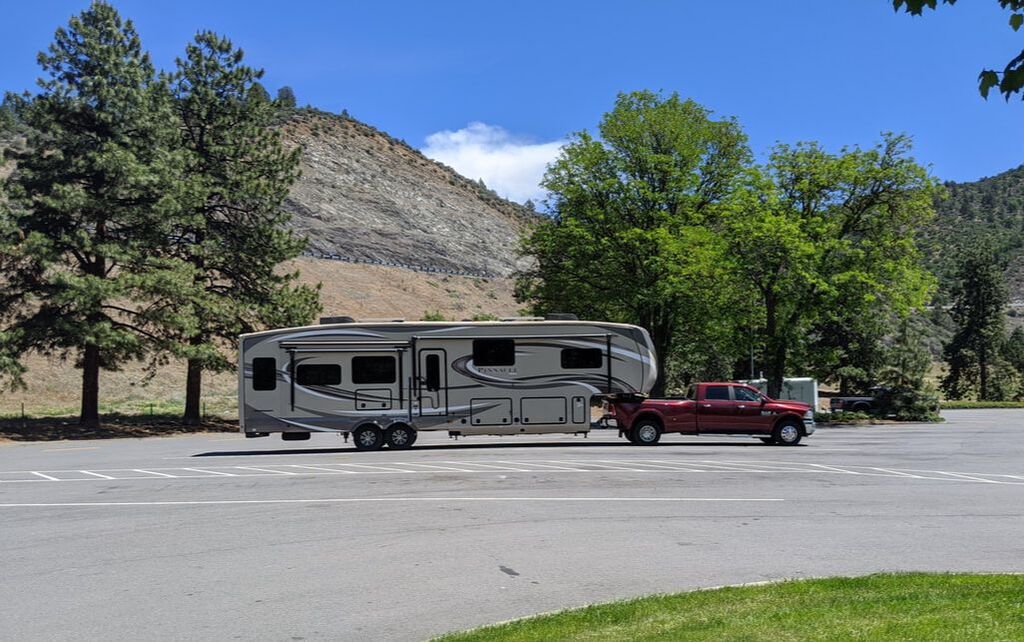
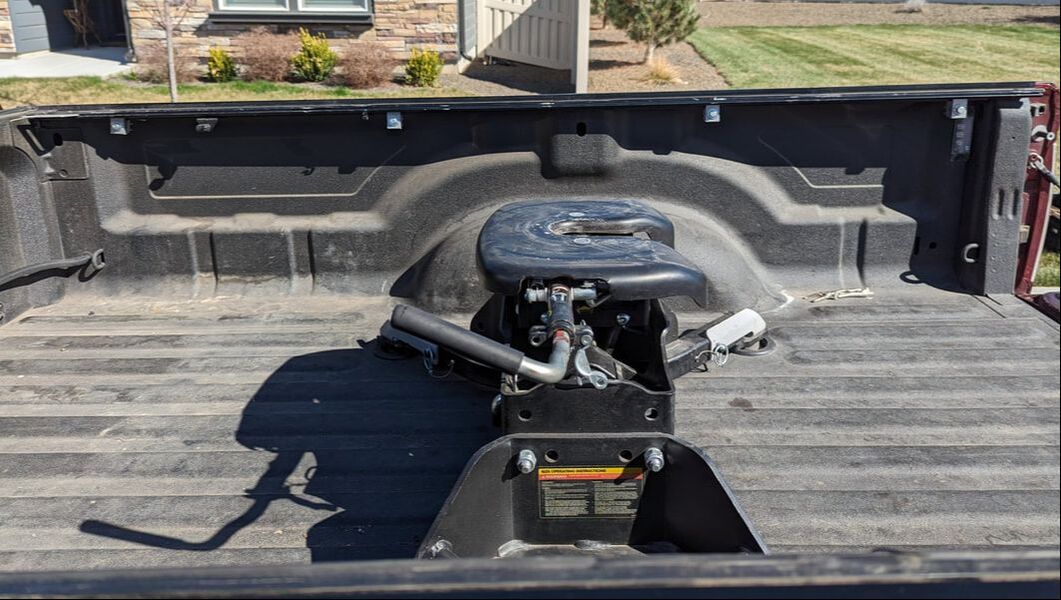
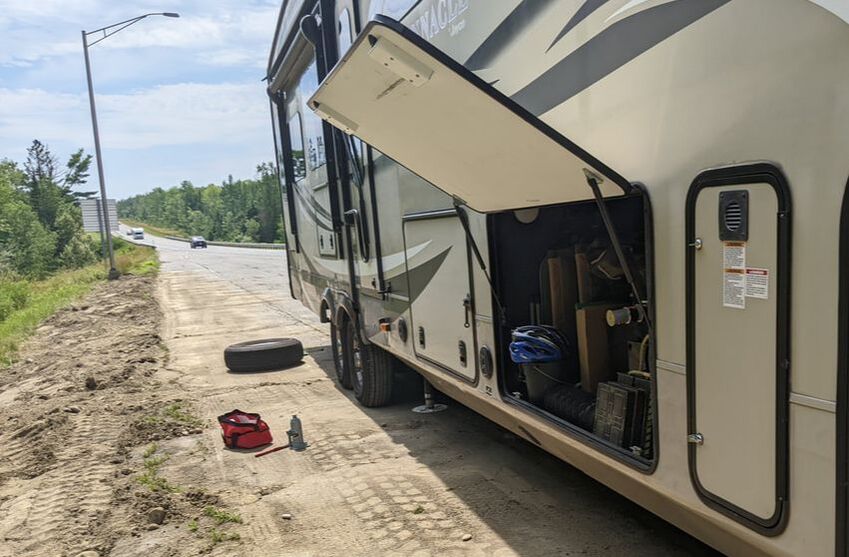
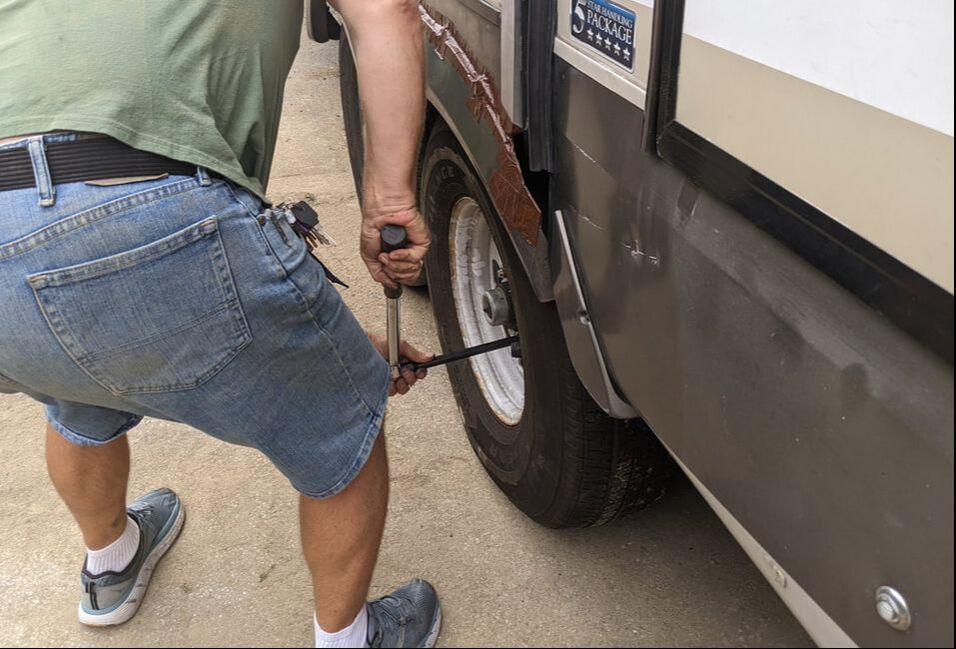
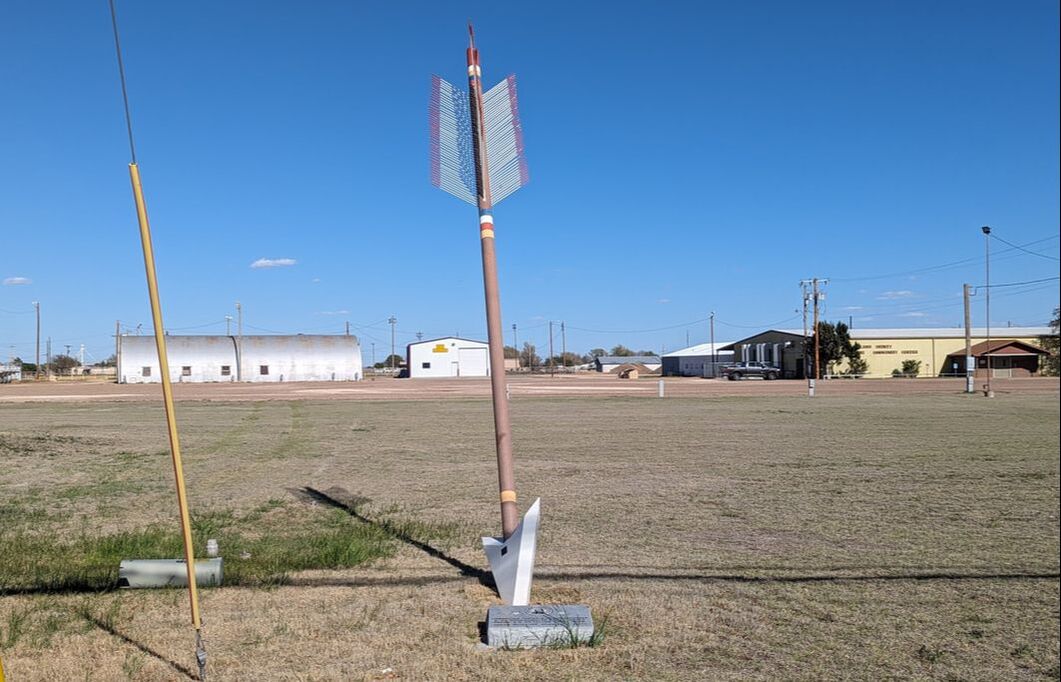
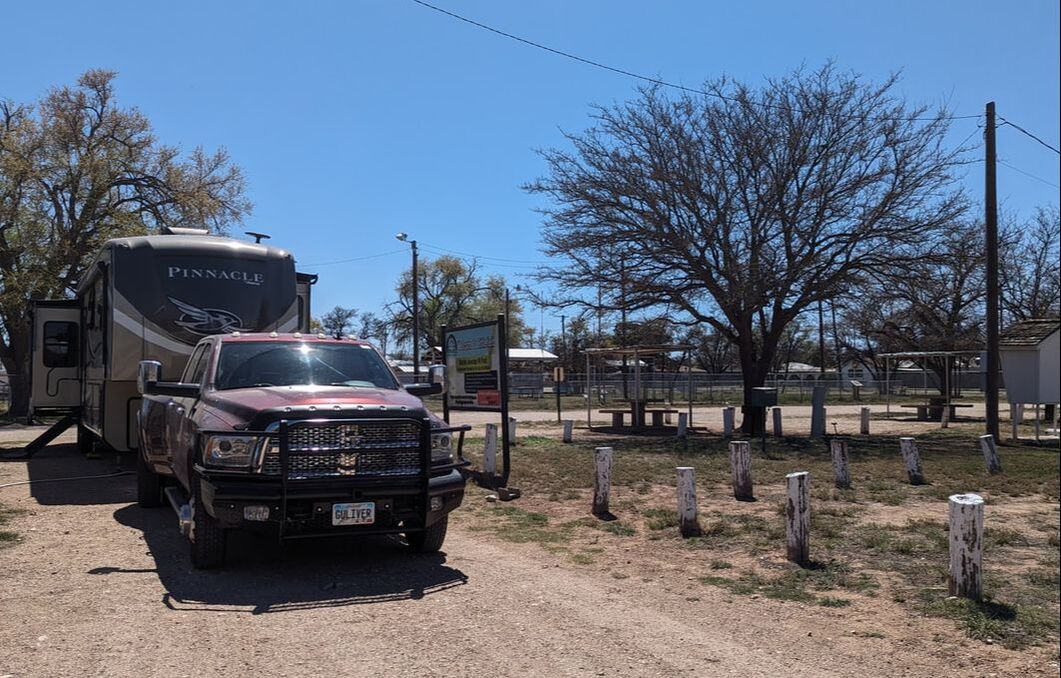

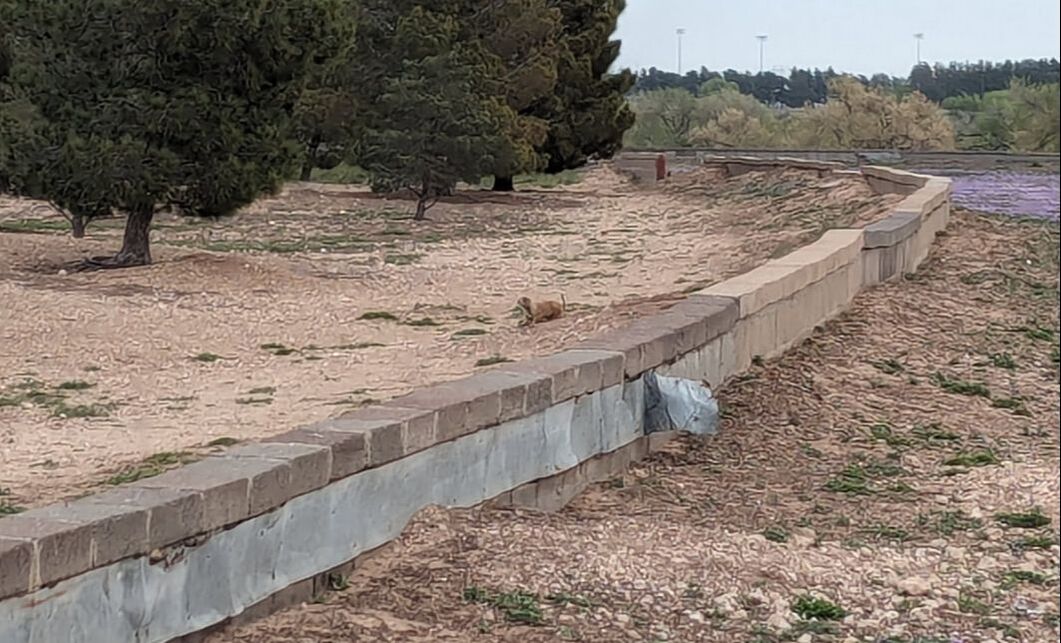
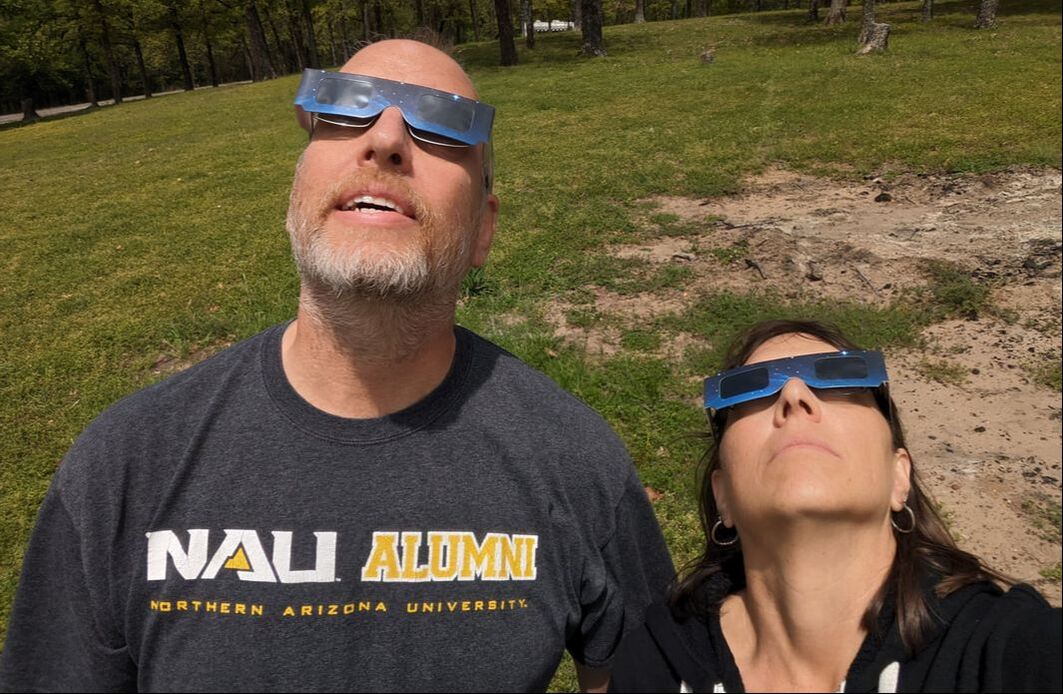
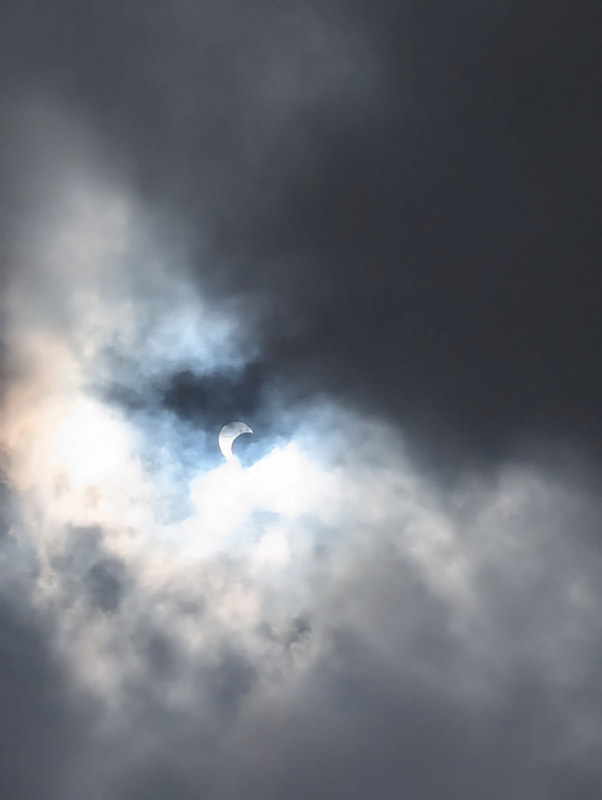
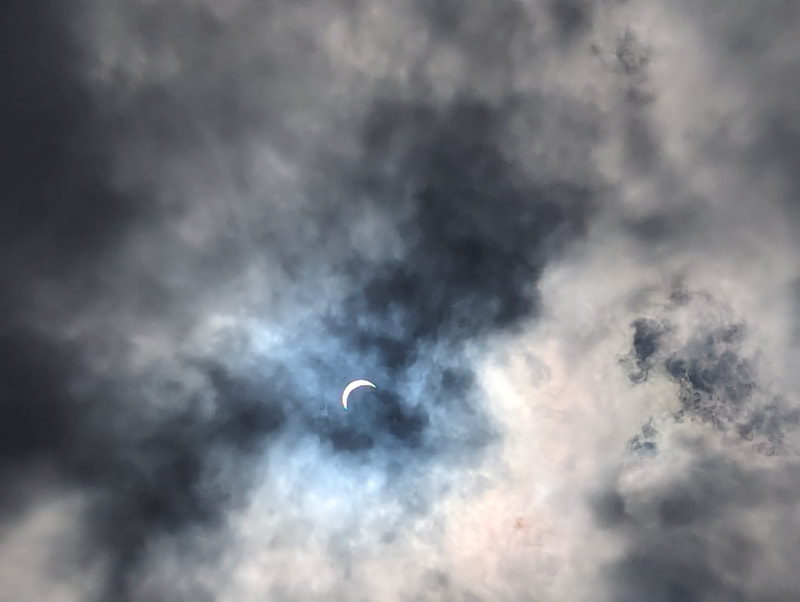

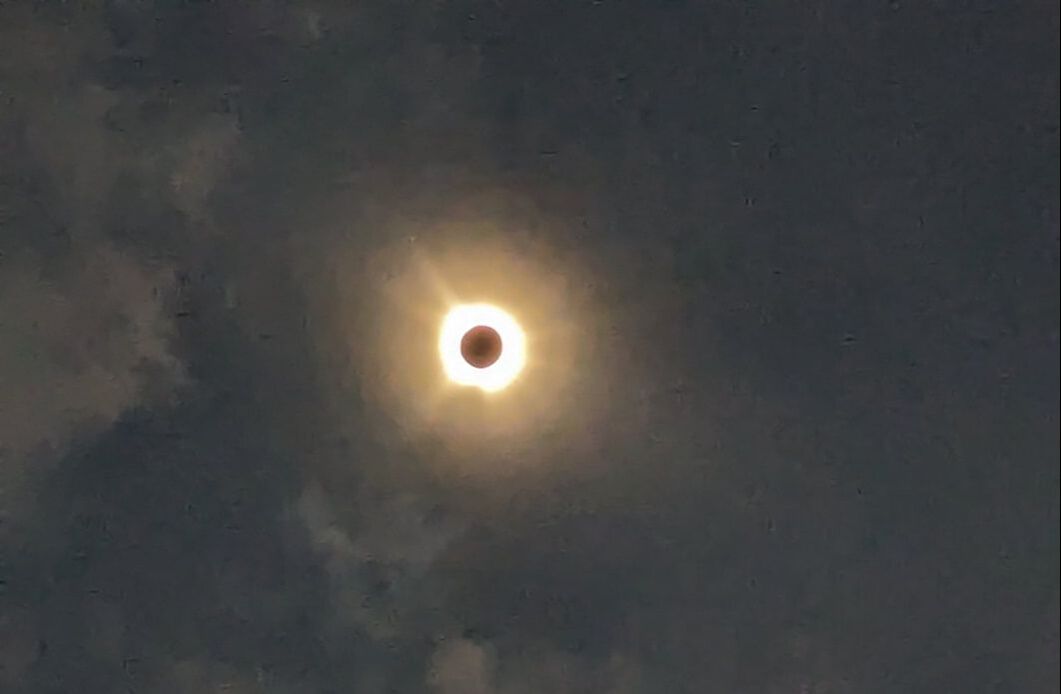

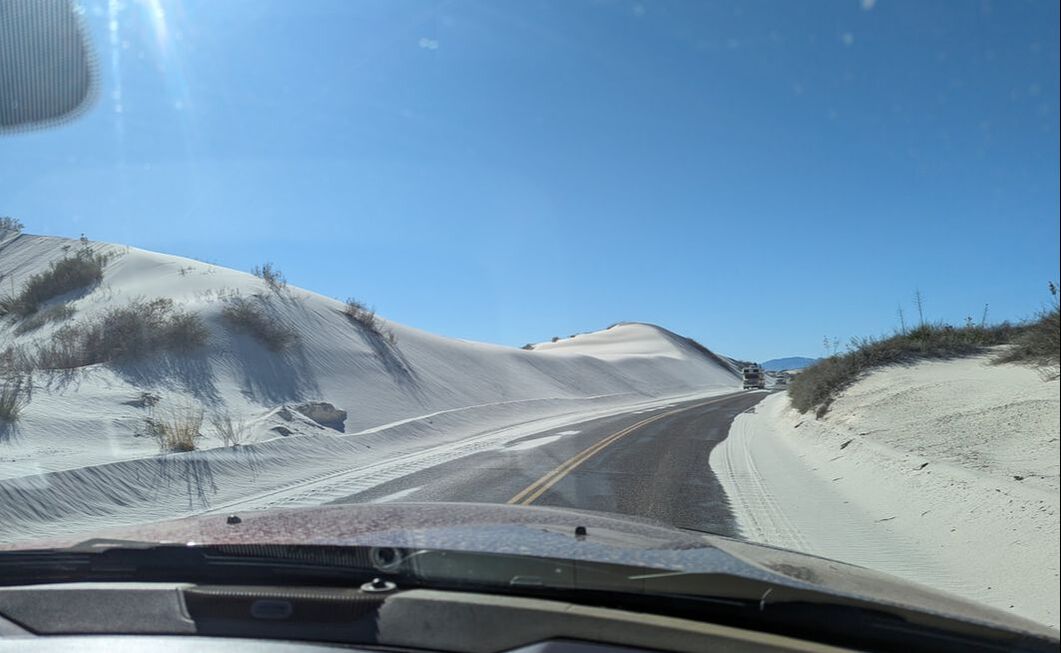
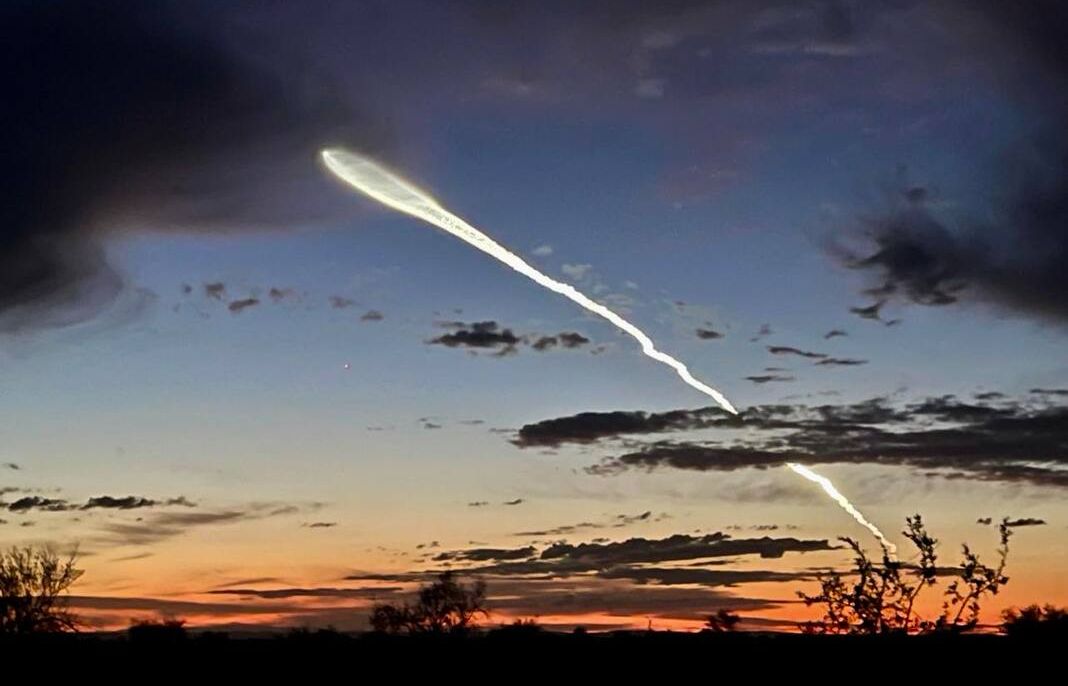
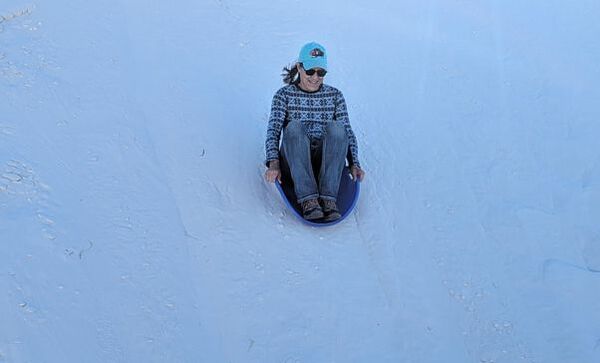
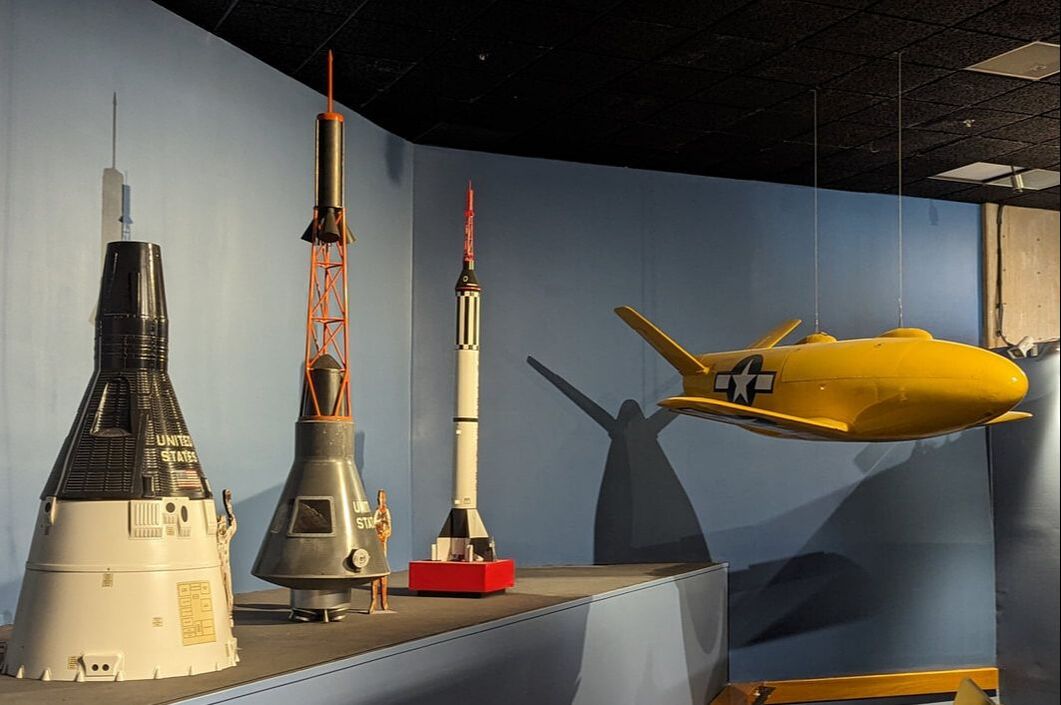

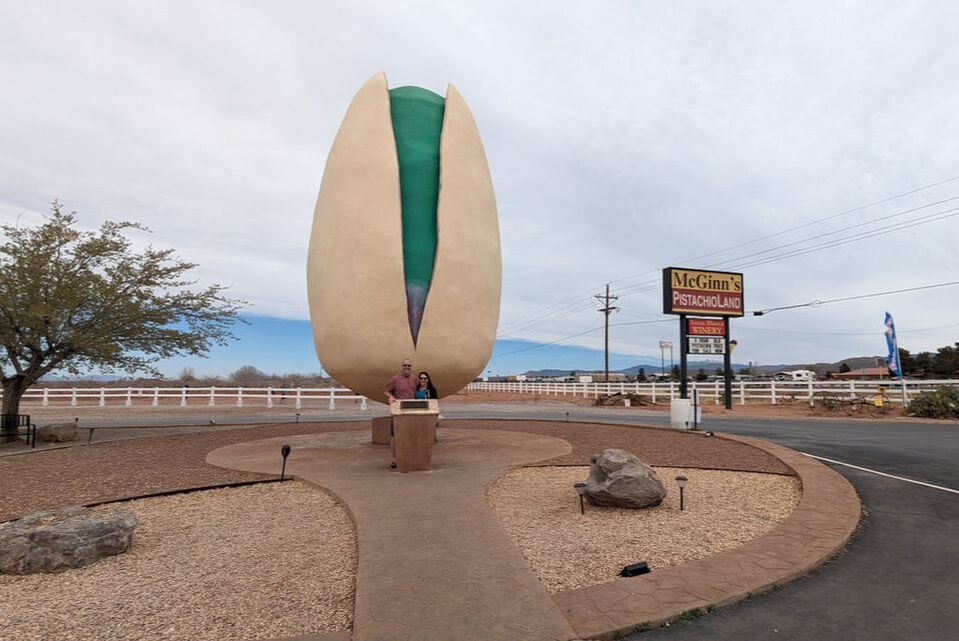
 RSS Feed
RSS Feed